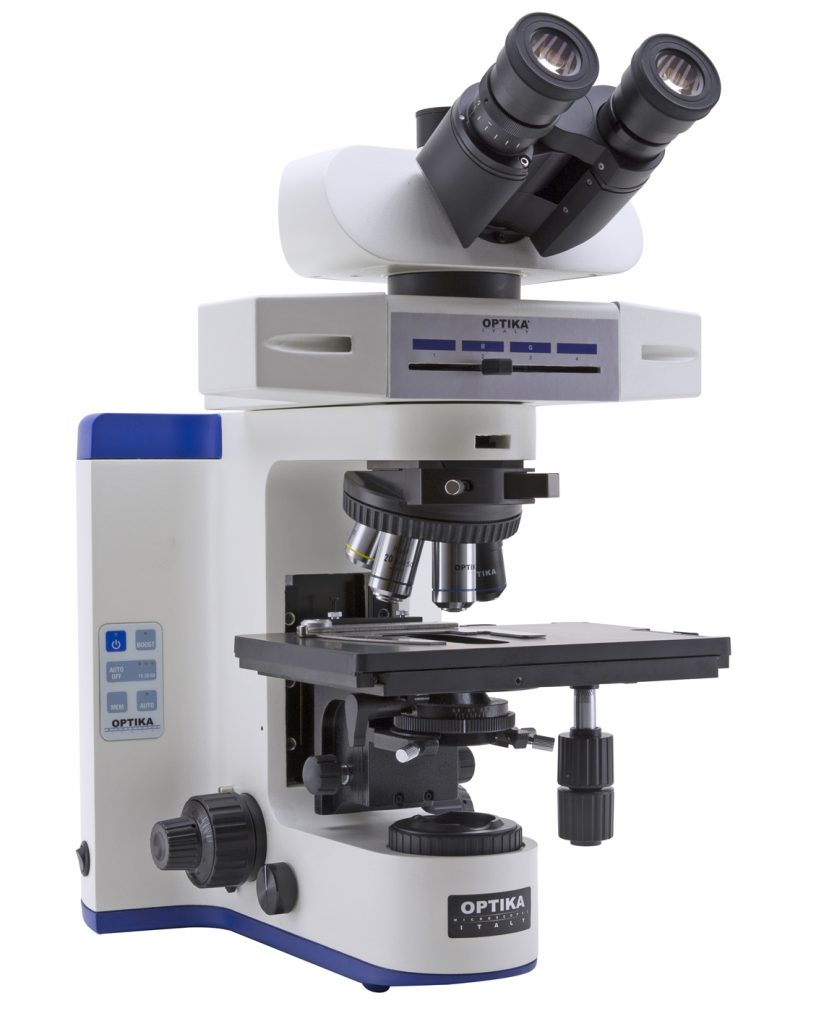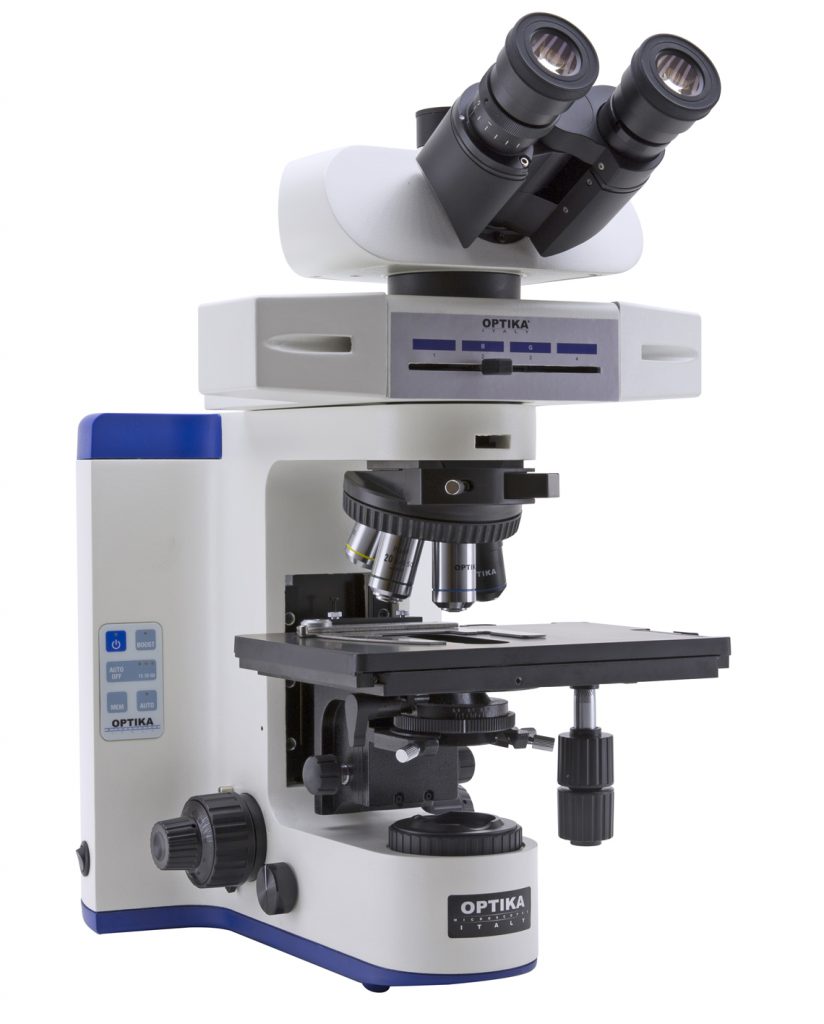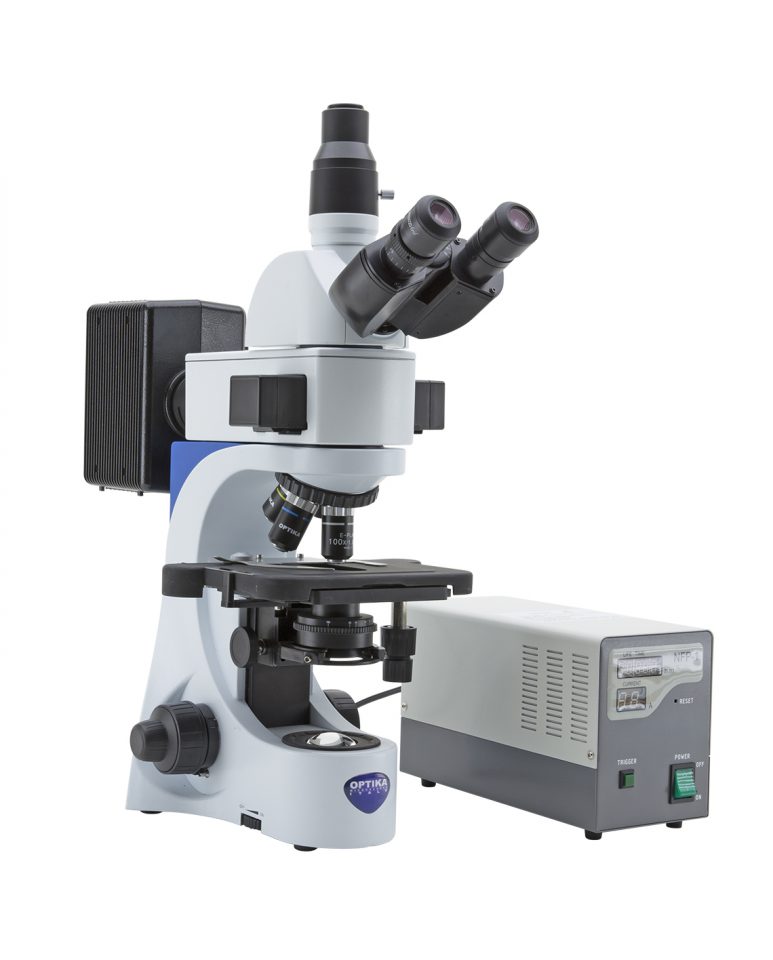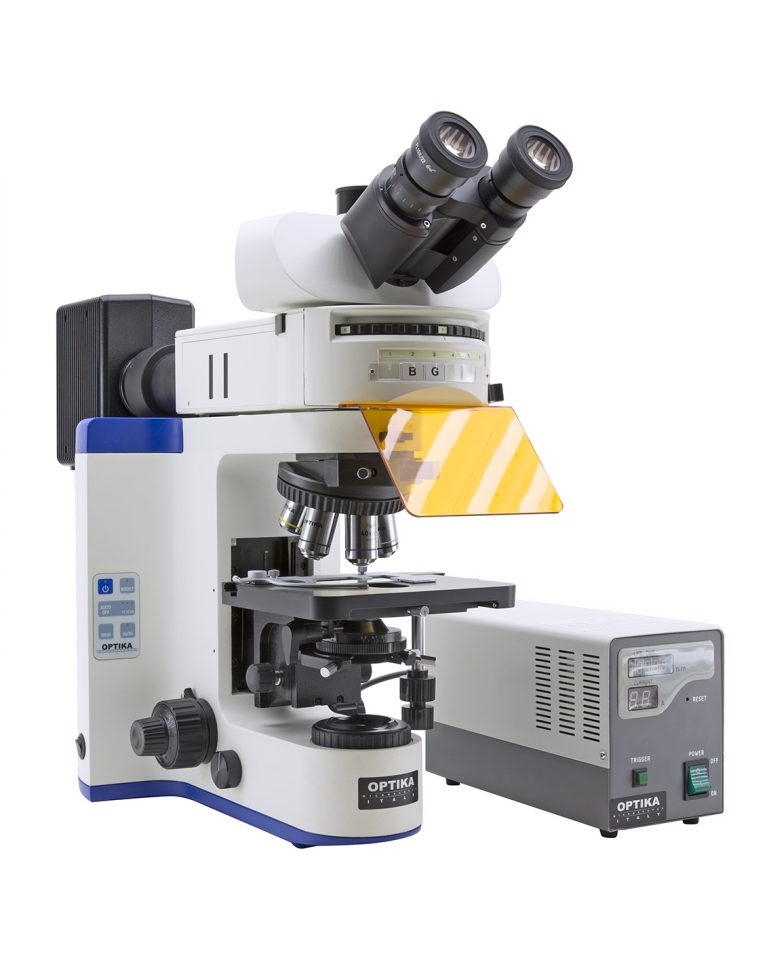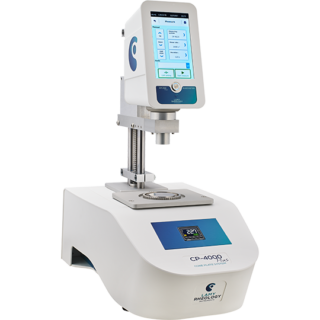OPTIKA | Laboratuvar Mikroskopları | FLUO Series
OPTIKA
Laboratuvar Mikroskopları
FLUO Series
Epi Fluorescence microscopesA fluorescence microscope is an optical microscope that uses fluorescence and phosphorescence instead of, or in addition to, reflection and absorption to study properties of organic or inorganic substances. The “fluorescence microscope” refers to any microscope that uses fluorescence to generate an image. The Epi Fluorescence microscope is equipped with a fluorescence illuminator wich generates incident fluorescence light.highlight points of interest.
Principle
The specimen is illuminated with light of a specific wavelength (or wavelengths) which is absorbed by the fluorophores, causing them to emit light of longer wavelengths (i.e., of a different color than the absorbed light). The illumination light is separated from the much weaker emitted fluorescence through the use of a spectral emission filter. Typical components of a fluorescence microscope are a light source (HBO mercury-vapor lamps are common; more advanced forms are high-power LEDs), the excitation filter, the dichroic mirror, and the emission filter. The filters and the dichroic mirror are chosen to match the spectral excitation and emission characteristics of the fluorophore used to label the specimen. In this manner, the distribution of a single fluorophore (color) is imaged at a time. Multi-color images of several types of fluorophores must be composed by combining several single-color images. Most fluorescence microscopes in use are epifluorescence microscopes, where excitation of the fluorophore and detection of the fluorescence are done through the same light path (through the objective). These microscopes are widely used in biology and are the basis for more advanced microscope designs.
Epifluorescence microscopy
The majority of fluorescence microscopes, especially those used in the life sciences, are of the epifluorescence design. Light of the excitation wavelength illuminates the specimen through the objective lens. The fluorescence emitted by the specimen is focused to the detector by the same objective that is used for the excitation which for greater resolution will need objective lens with higher numerical aperture. Since most of the excitation light is transmitted through the specimen, only reflected excitatory light reaches the objective together with the emitted light and the epifluorescence method therefore gives a high signal-to-noise ratio. The dichroic beamsplitter acts as a wavelength specific filter, transmitting fluoresced light through to the eyepiece or detector, but reflecting any remaining excitation light back towards the source.
Etiketler : Ankyralab OPTIKA Laboratuvar Mikroskopları FLUO Series, Laboratory Devices, Laboratory Equipments, Laboratory Tools, Ankyra Laboratory Tools, Ankyralab Laboratory Devices, Ankyralab Laboratory Systems
Öne Çıkanlar

BANDELIN
bandelin-ultrasonic-bath-sonorex-super
0.9 ile 58 litre arasinda degisen hacimlerde mevcuttur.
-Pzt-genis alanli osilasyon sistemi
-Yüksek frekans (35 KHz)
...
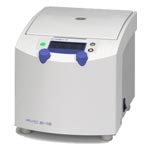
CHRIST
christ-vacuum-concentrator-rvc-2-18-cd
CHRIST Vakumlu Konsantratör RVC 2-18 CD
Uygun fiyatli,kompak ,masaüstü mini konsantratör
Düsük hacimli numuneler ...
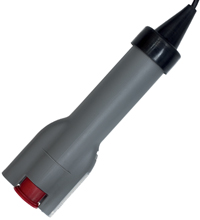
EUTECHINST
eccombi03bw
Product Specification
Description
Parameter pH / Conductivity / Temperature
Range 1 to 13 pH / 0 to 20 mS/cm
Tempe...

SSLSAFES
polypropylene-chemical-laminar-flow-hood-with...
Product Details:
Place of Origin: R.P. of CHINA
Brand Name: SSL
Certification: ISO9001
Model Number: PFH6-1200
Pa...
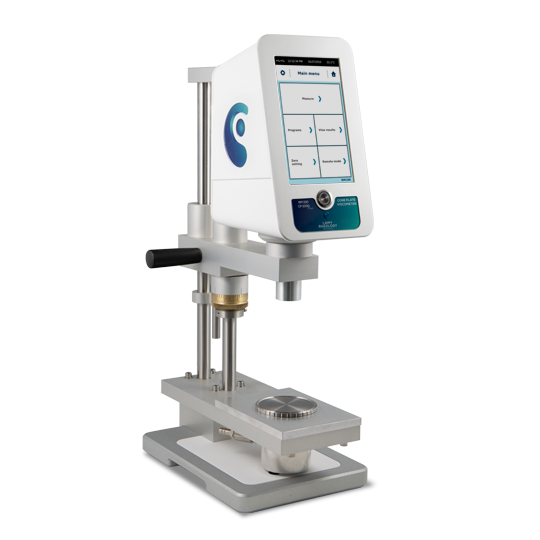
LAMY
vizkometre-rm-100-cp-1000-plus
Equipped with a fluid circulation for temperature control (bath not included), the RM100 CP1000 PLUS will allow you to p...
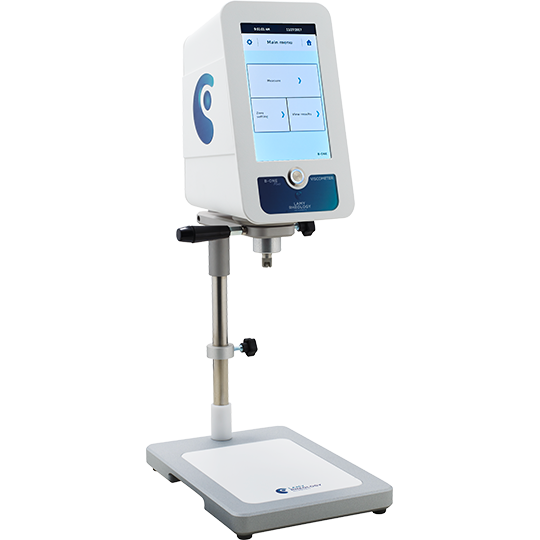
LAMY
b-one-plus
Intuitive and powerful, the new B-ONE PLUS
will surprise you with its extended measuring
range in LR version or with...
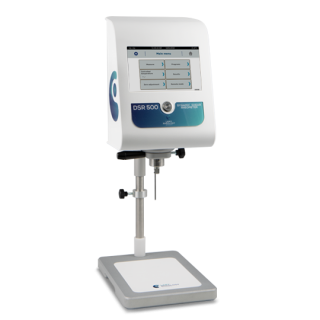
LAMY
dsr-500
The rheometer with imposed shear rate, equipped with a 7 ‘’ touch screen to display the curves directly. And with direct...



